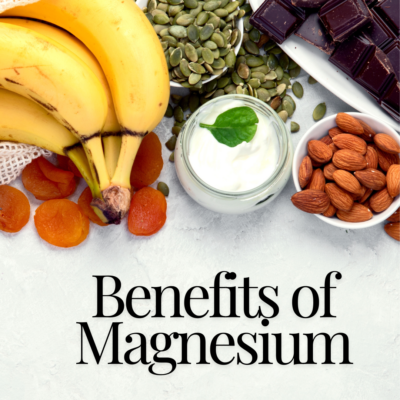What is a Congee?
Congee translates to Shi Fan or “water rice”. It is a traditional breakfast porridge enjoyed in many Asian countries. Typically, congees are served with steamed, sautéed, or pickled vegetables, as well as some kind of meat. Chinese medicinal herbs are also added for general well-being and vitality, and can be tailored to a person’s individual ailments. In the United States, the general population uses herbs to season or flavor a dish. They are not utilized for their medicinal properties. In China, common fruits and herbs, such as cardamom, cloves, ginseng, go ji berries, and many more are used to awaken the digestion, warm the stomach, and nourish the body. Rice itself is considered an herb, benefiting the lungs and soothing digestion.
The beauty of a congee is it is easy to make. Ingredients can be placed in a crock pot before bed and be ready upon waking. Check to see if your rice cooker, crock pot or pressure cooker has a “porridge” setting. While rice (either white or brown) is the most commonly used ingredient, you can substitute other grains such as millet or spelt, or use a combination of grains. Cook the rice and water in a covered pot for six hours or more on the low setting. The ratio of rice to water is 1:6 cups of water. You can play with this ratio to get the consistency you want. I like a more watery porridge. Congee is easily digested, boosts energy and is very nourishing. The beauty of a congee is it can be made sweet or savory according to your preferences, and what you wish to treat.
Congee Recipes:
The Spanish have a dish called Paella which literally translates to, “the kitchen sink.” I make a congee in the same fashion and grab what is readily available in my refrigerator or cupboard. I try to limit my congee recipes to three or four ingredients; that way I can tell how I feel after I eat. Most days I keep it simple:
Rice with:
- a scoop of kimchi
- a scrambled egg
- honey and some slices of fruit (apples, bananas or berries) to satisfy a sweet craving
Two Warming Congees for the Tail-End of Winter:
These recipes have warming properties and help circulate energy, nourish the lungs, and fortify the body’s ability to fight the oncoming allergy season. They are great to strengthen your body and transition into spring.
Savory Winter Congee:
- 1-2 cups of roasted squash (I recommend kabocha or butternut)
- 1 clove sautéed garlic
- 1 chopped spring onion stalk
- A handful of sautéed almonds (optional)
Sweet Winter Congee:
- 1-2 cups diced roasted or sautéed yam or sweet potato
- 1-2 cups apples sliced (can be added into the congee at the beginning for weaker digestion, or the end for more crunch)
- 1-2 tsp. cinnamon
- 1 tbsp. honey (or to taste)
Back to Conditions Treated



